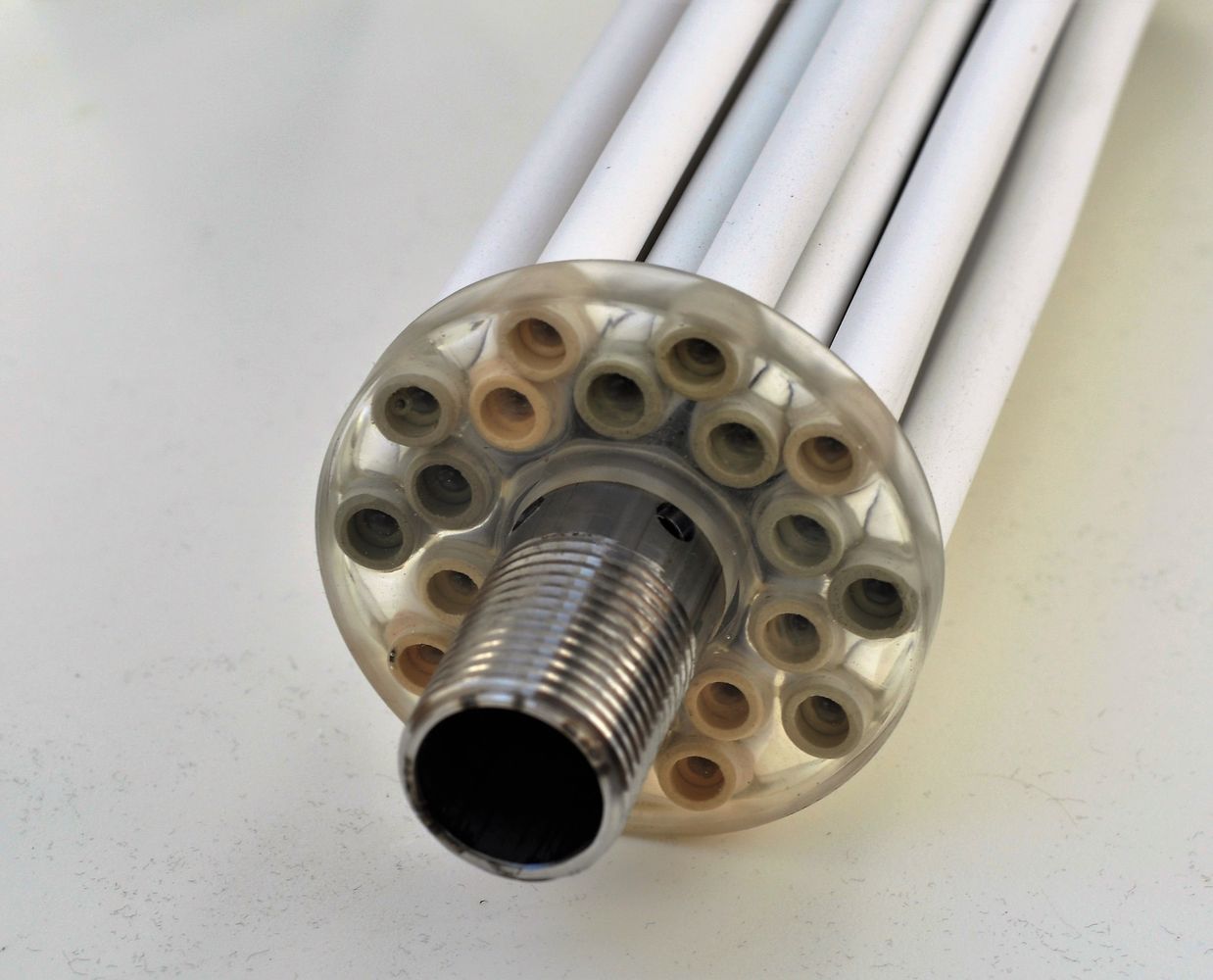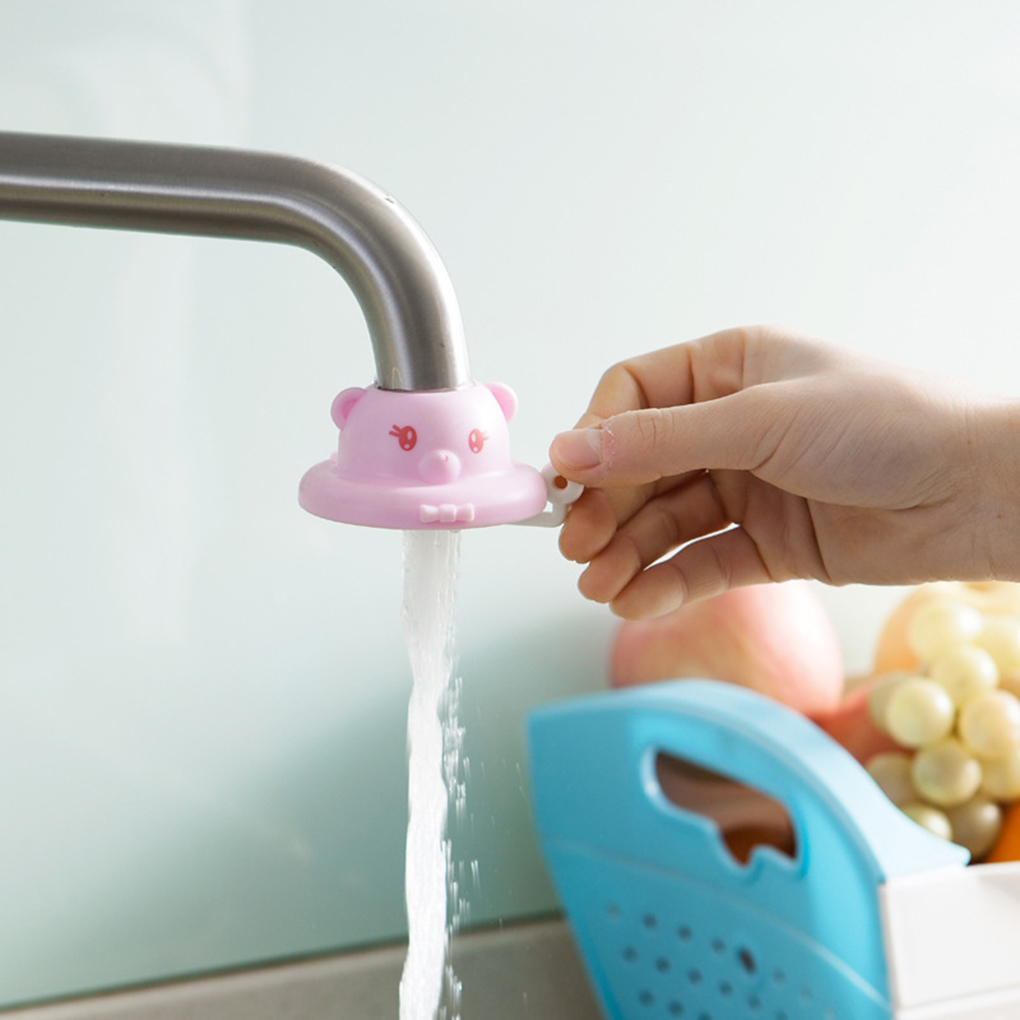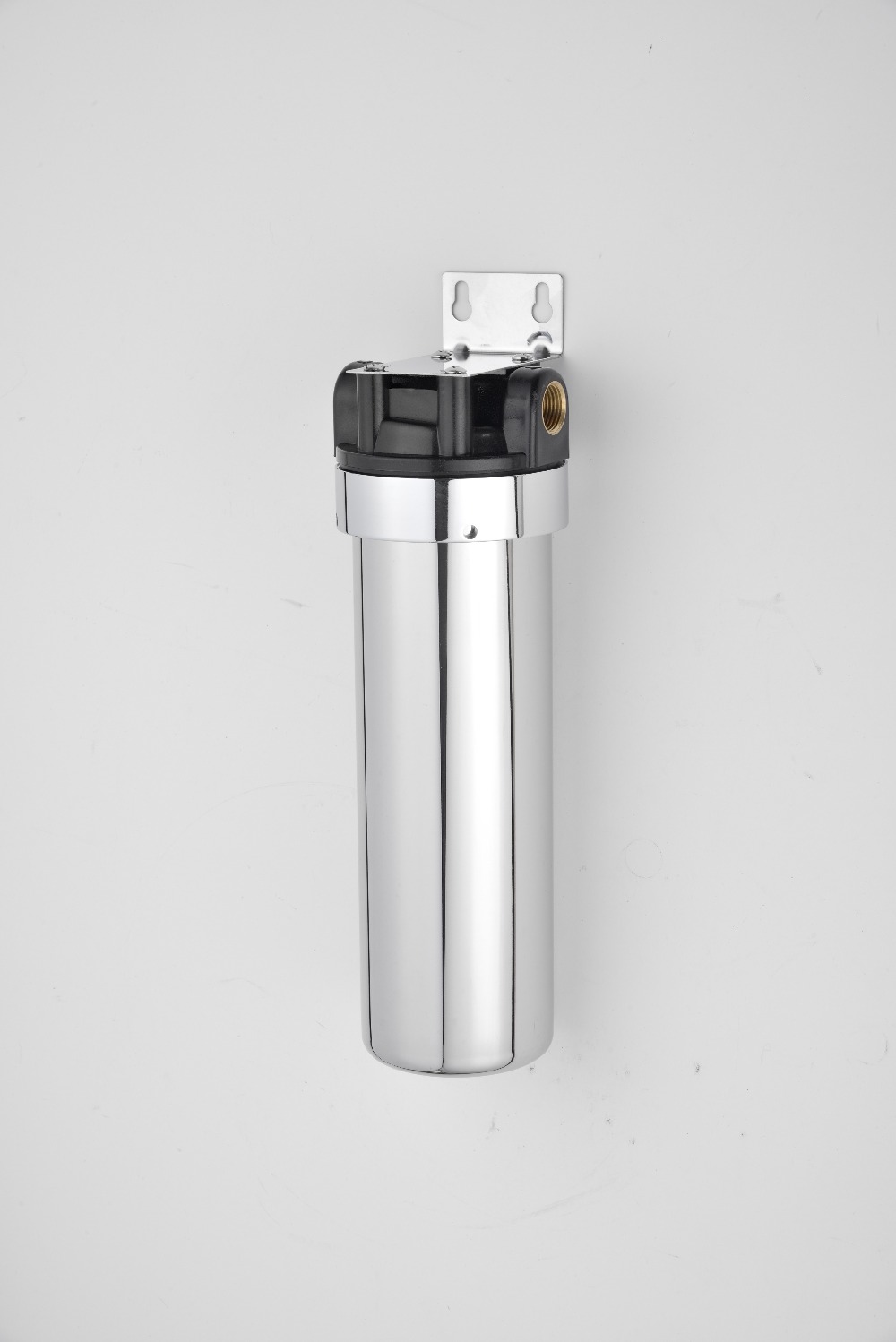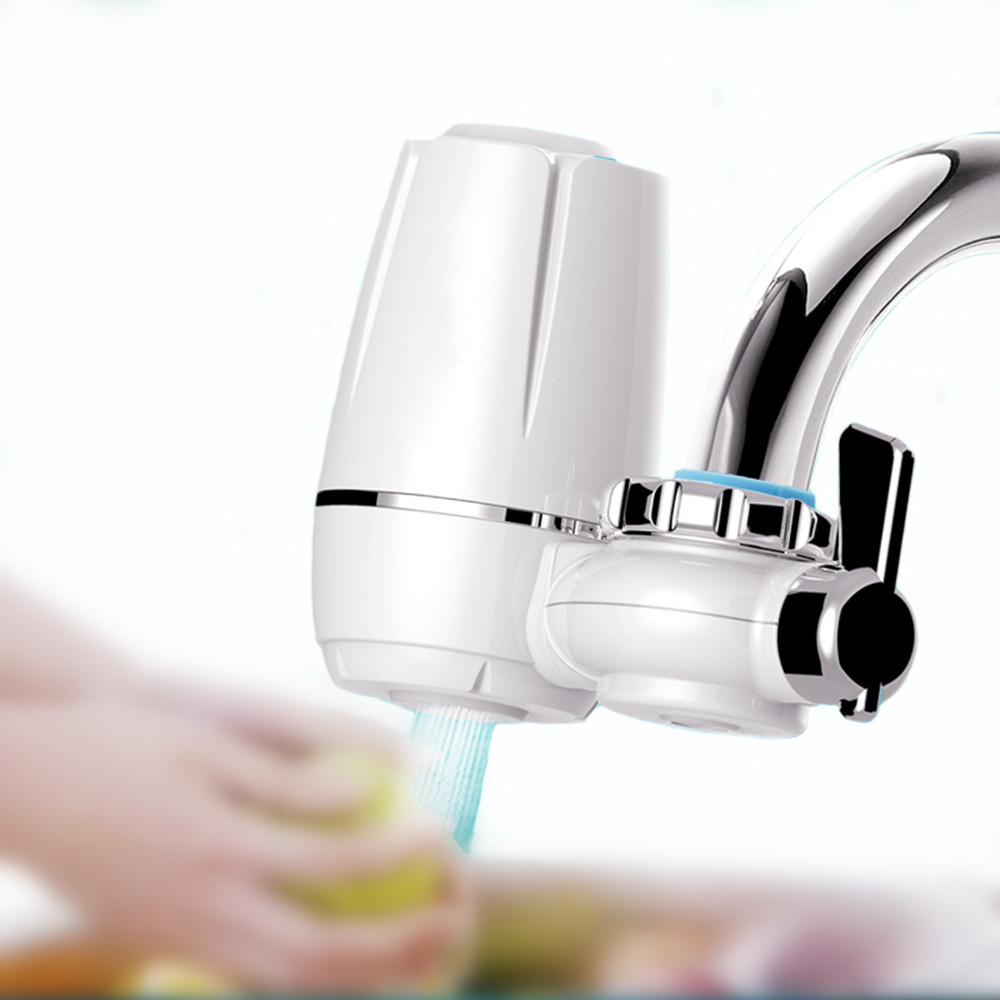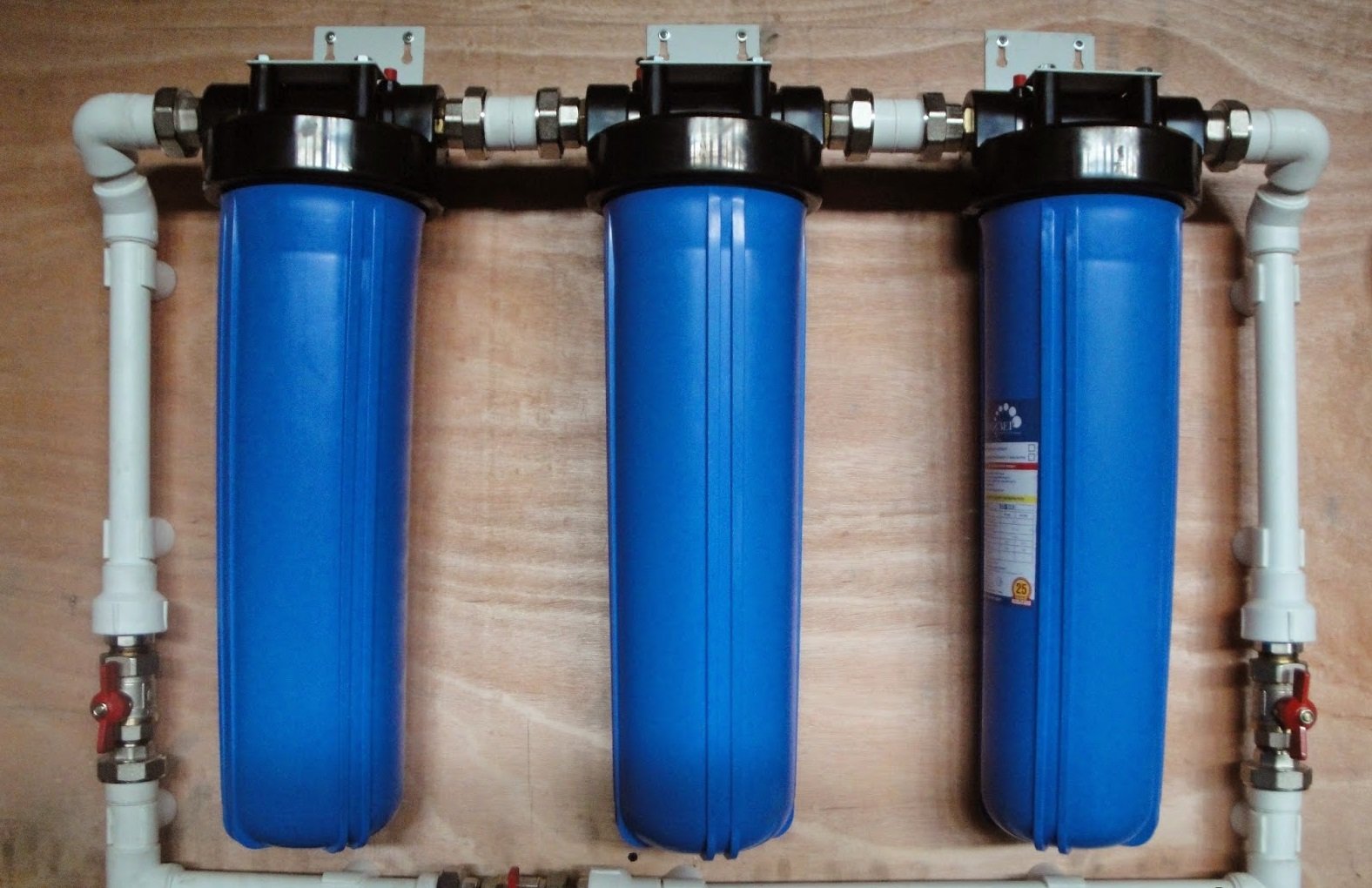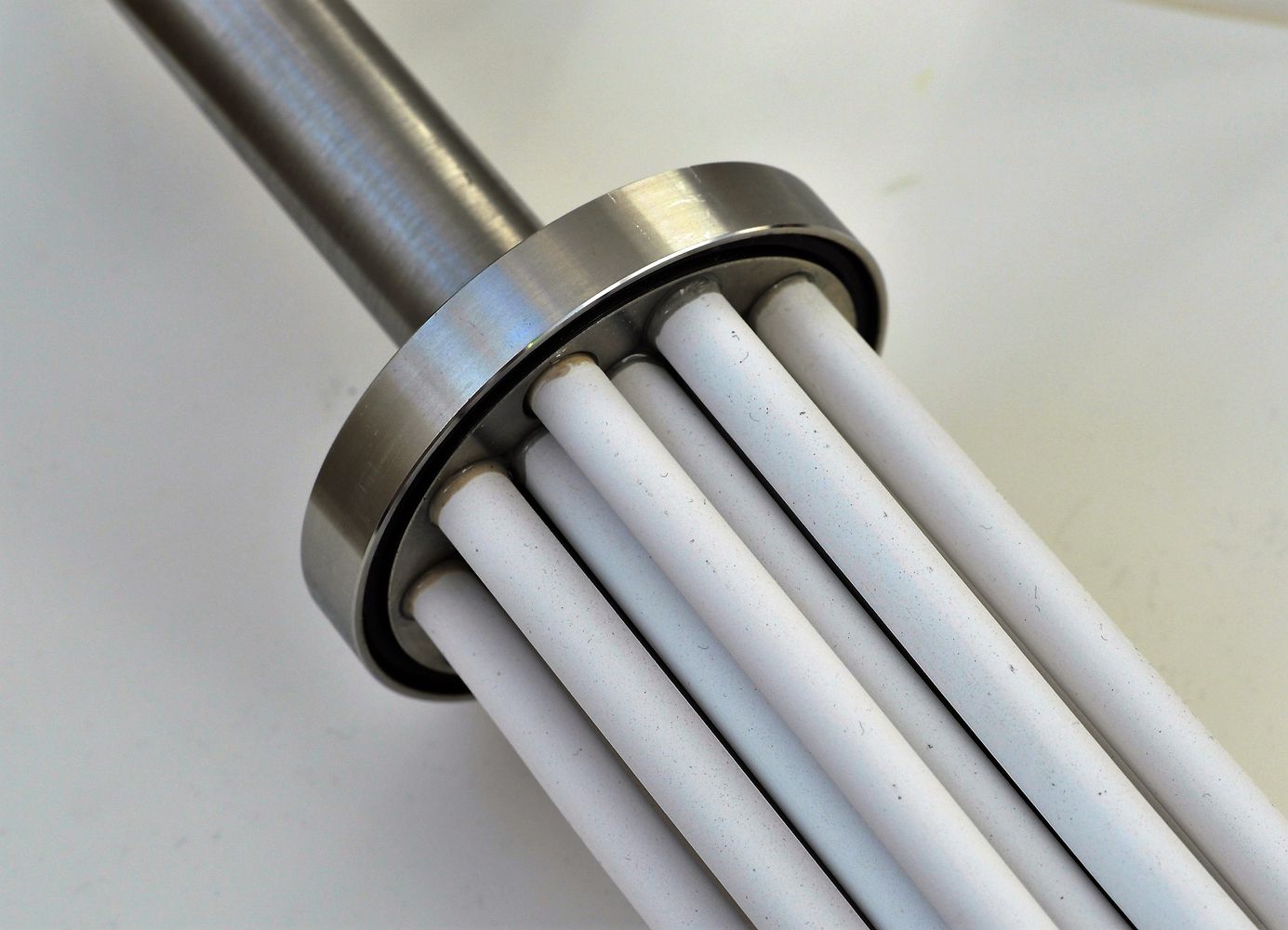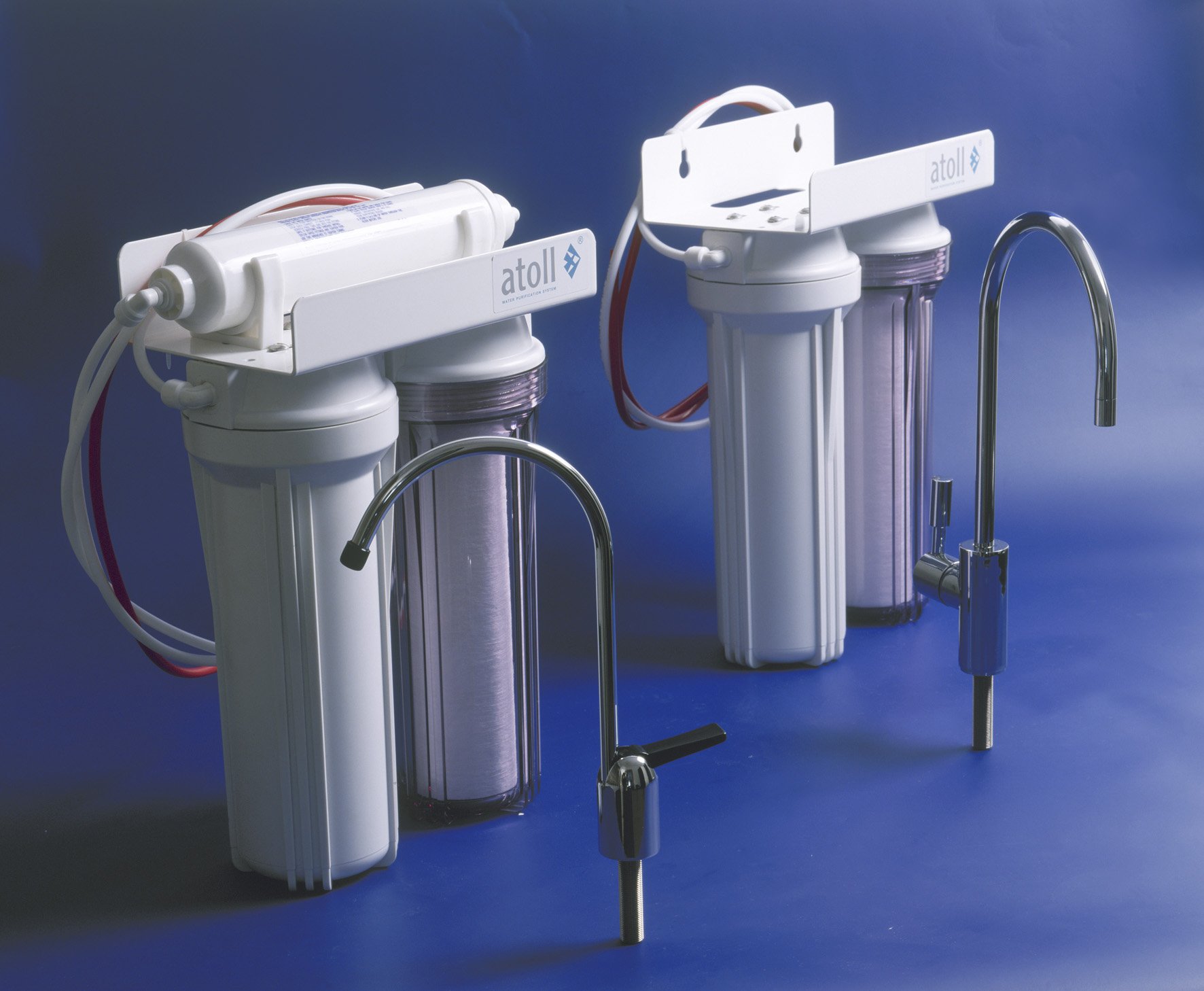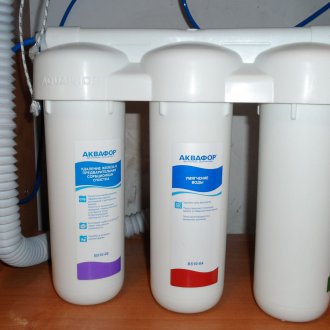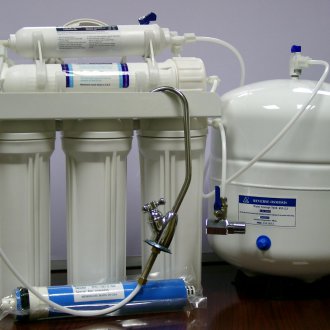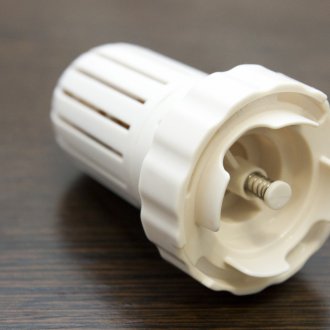Ceramic filter at home: how to choose the right one
Content
Water is the source of life. Pure water is the key to health and longevity. Currently, the water entering the apartments and houses does not always meet the desired requirements, so many people use additional water treatment technologies. One such method is the use of a ceramic filter.
Device
The ceramic water filter is a block structure made of ceramic-metal membranes. The entire structure is housed in a steel casing. Ceramic-metal membranes are formed by one or more tubes consisting of channels. The internal area of the channels is covered with a thin pore membrane. The diameter of the channels reaches 0.05-0.1 microns. The thickness of the membrane coating is 5 microns.
The main starting materials in the manufacture of these structures are aluminum oxide, titanium dioxide and silicon carbide. The powdered state of these substances is subjected to fusion at a temperature of 1600 ° C. As a result, a porous structure is formed that is able to retain small particles. The resulting structure is completely safe to use.
Mechanism of work
The method of water purification involves a flowing type of water intake. Water passing through numerous small pores and succumbing to the pressure of the water supply is divided into filtered and concentrated parts. Small and large contaminants are retained by the filter. However, some ions of salt compounds also pass through the membrane.
There is a filtration system with several steps. It assumes the presence of membrane blocks in the order of decreasing cell parameters. Such a system improves the quality of cleaning and the life of the filter.
Some filter devices may contain substances with silver and an activated carbon tablet. Silver contributes to the destruction of harmful microorganisms, and coal eliminates unpleasant odor and taste.
Types of contaminants the filter handles
Depending on the make and model, ceramic filters for water purification can cope with various components. The ceramic base involves the removal of 99% of contaminants and particles. Types of pollution:
- harmful microorganisms (E. coli, cholera, Giardia, Salmonella, etc.);
- forms of heavy metals;
- organic substances (including petroleum products);
- suspension
- iron;
- color.
These types of filters are not designed to exclude fluoride from water. But you can purchase a special auxiliary nozzle used to clean this compound.
Advantages and disadvantages
Ceramic models have several advantages in water purification:
- strength - the filter does not break down, does not interact with acids and alkalis, is resistant to high temperatures;
- no replacement of components is required;
- possibility of washing in manual mode;
- during long-term operation, the level of water quality does not decrease, but only productivity decreases;
- cleaning can be done with a dishwashing sponge;
- no canning required;
- Long service life - more than 10 years.
With high performance and many advantages, these filters occupy a leading position in the range of systems for filtering water.
Along with the advantages, several disadvantages of the ceramic filtration system are known:
- high price due to manufacturing complexity;
- inability to eliminate chlorine compounds and hard salts - this requires additional sorption equipment and softening cartridges.
The presence of many positive qualities sets off the shortcomings of these systems.
Fields of application
Ceramic membrane filters are widely used in private and public life. This design can be used in such places:
- apartment;
- country house;
- a private house;
- office;
- educational institution;
- production based on the manufacture of sterilized water.
Water passing through this system is considered to be potable. The safety of the resulting water has been proven by many experiments.
Varieties of household ceramic filters
Regarding the shape and diameter of the membranes, the following types of ceramic filter exist:
- Microfiltration - the thickness of the membrane coating is 0.2-4.0 microns. It is used for fine water purification.
- Ultrafiltration - the thickness of the membrane coating is 0.02-0.2 microns. It is similar to microfiltration in use.
- Nanofiltration - the thickness of the membrane layer ranges from 0.001-0.01 microns. It is used to remove excess salt content.
When choosing the type of membrane filter, you should focus on the purpose and place of application. Regarding fixing, the membrane filter modules are divided into:
- Tubular module - supported from the outside. Contains porous stainless steel membrane tubes.
- Self-supporting tubular module - tubular membranes are located in the housing.
- Monolithic membrane module - the design is a monolithic block of membrane modules in a ceramic body.
According to the diameter of the filtration, there are such types:
- Tangential - direct-flow approach of water and separation of the concentrate.
- Spiral - membrane coating is made in the form of a spiral having a permeate channel and a feed channel. Purified water accumulates in the permeate channel after passing through the membrane. Contaminants enter the feed channel.
The purchase of a filter with a different filtering system is based on the properties of the purified water.
Comparison of ceramic design with other cleaning systems
There are various types of filtration systems on the market. Membrane filtration differs in its features from other types. For example, in comparison with cartridge filters, ceramic filtering does not require constant replacement of expensive consumables.
The ozone filtration system involves the removal of bacteria and disinfection, and the membrane method also eliminates many chemical compounds. Moreover, membranes require a mechanism of such complex maintenance and careful operation as the ozone filter.
When compared with a reverse osmosis system, a ceramic system also benefits. This is due to the fact that when cleaning it leaves the necessary salts and minerals, in contrast to the reverse osmotic method.
Rules for selection and application
Using a filtration system in the house, it is convenient to mount the filter under the sink. This arrangement of the structure implies a favorable position relative to the central water supply and convenient access for the next service.
Rules for choosing filters:
- Regarding the size of the structure, the service life is determined until the necessary maintenance, work efficiency and convenient installation of the unit.
- In relation to the chemical and biological properties of water, a special filter is selected with certain functions.
When purchasing a ceramic filter, remember the principles of system maintenance. Some models are equipped with a self-healing function. Such views do not require parsing the block. If there are models with no such function, the structure should be disassembled under the sink and cleaned with water and a soft sponge.
Many manufacturers of ceramic systems are known. These are both domestic firms and foreign manufacturers. When choosing models of domestic production, warranty service and service becomes easily accessible.
Ceramic filtering systems greatly simplify the process of using clean water. Thanks to the correct maintenance and observance of the operating principles, these devices will last for many years.
